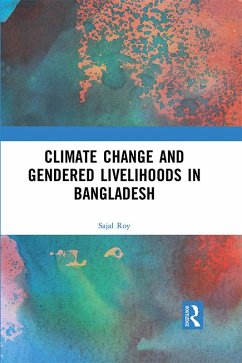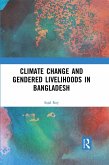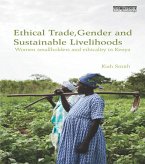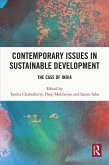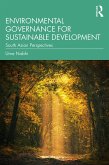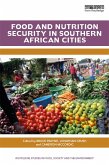Dieser Download kann aus rechtlichen Gründen nur mit Rechnungsadresse in A, B, BG, CY, CZ, D, DK, EW, E, FIN, F, GR, HR, H, IRL, I, LT, L, LR, M, NL, PL, P, R, S, SLO, SK ausgeliefert werden.
Biophysical hazards always demand a response, be it through disaster-prevention planning or post-hazard recovery measures. Gender roles and relations matter enormously to how just and effective the responses are. In this fine comparative study, Sajal Roy shows why gender-sensitive policy is an essential - never optional - part of disaster mitigation and post-disaster rebuilding. - Noel Castree, UTS, Australia, and University of Manchester, UK
This finely textured book is unusual and timely. It not only provides nuanced insights on the gendered impact of a major cyclone on poor indigenous communities in Bangladesh, but it also demonstrates how a recovery effort, facilitated by progressive NGOs, can help "build back better" by enhancing women's livelihoods, mobility, and autonomy. It thus holds lessons beyond its context, as we seek pathways to post-COVID recovery. - Bina Agarwal, Global Development Institute, The University of Manchester, UK
This is an important book that offers a fresh insight into intersectionality and how it can help explain how social dimensions affect practical situations poor women for women in marginal communities. It uses the case study of cyclone Aila and the Sundabarns in coastal Bangladesh. This is an important book for scholars and practitioners in natural disaster relief and rehabilitation - Patrick Kilby Australian National University, and Editor in Chief of 'Development in Practice'.

